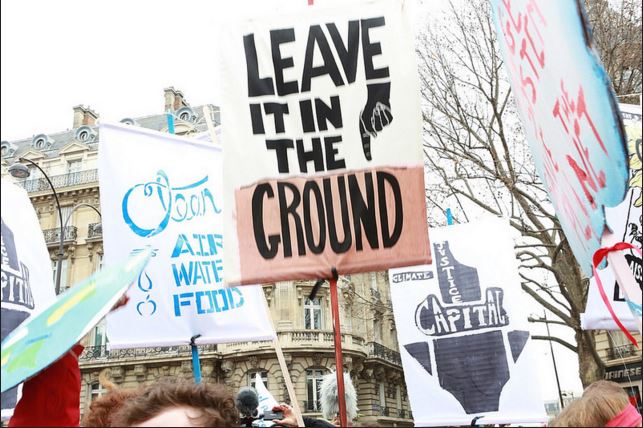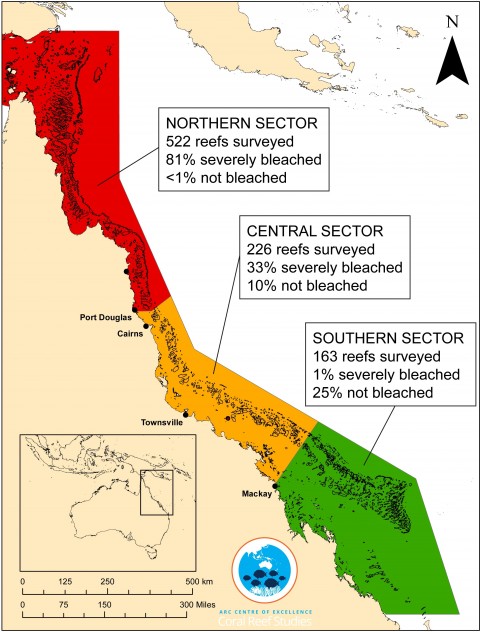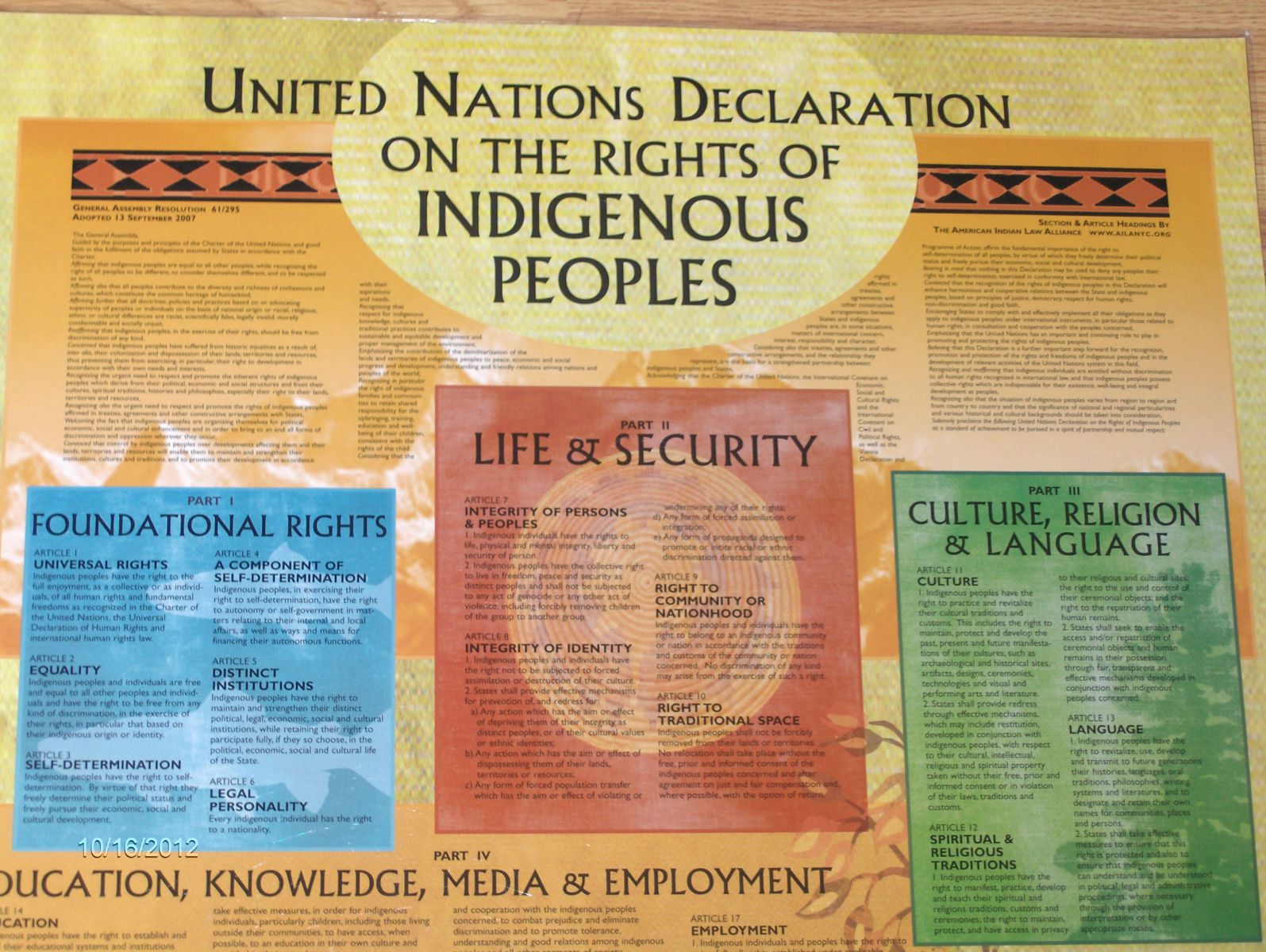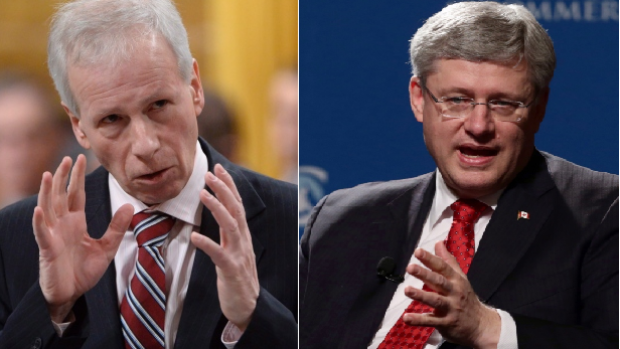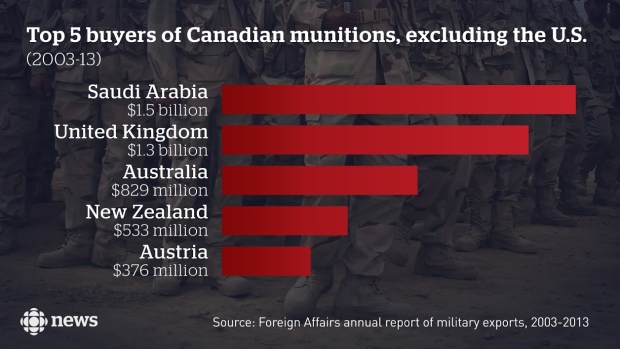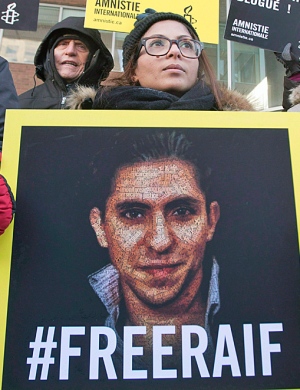Environment minister calls Alberta’s efforts on climate change ‘courageous’
McKenna says she hasn’t looked ‘closely’ at the Leap Manifesto 0:35
By Margo McDiarmid, reposted from CBCNews, Apr 21, 2016
Environment Minister Catherine McKenna says the Leap Manifesto that so divided the NDP at its Edmonton convention is not “helpful” in the current fractious national debate over economy and the environment.
“I know it was quite divisive within the NDP,” McKenna told CBC News in an exclusive interview. “We do believe that the environment and the economy go together, and taking hard-line positions on one side or another is not helpful,” she added.
- Rachel Notley calls Leap Manifesto ‘naive’ and ‘ill-informed’
- A look at the Leap Manifesto that is dividing the NDP
- McKenna says cutting emissions will take time as report shows rise
Fronted by author Naomi Klein and her husband, filmmaker Avi Lewis, the Leap Manifesto is a short, if controversial, list of political proposals on topics ranging from the environment to infrastructure.
When Klein and Lewis introduced it during last year’s federal election campaign, it gained the backing of some prominent Canadians, including Leonard Cohen, David Suzuki and Rachel McAdams.
‘We are very proud of the government of Alberta. I think they have shown real leadership.’–Environment Minister Catherine McKenna
At its recent convention in Edmonton, the federal NDP agreed to take the next two years to study the document that calls for a ban on construction of new pipelines and a move away from all fossil fuels by 2050.
The decision to study the manifesto drew scathing criticism from Alberta’s NDP Premier Rachel Notley, who called the sections of the document that deal with energy infrastructure naive, ill-informed and tone deaf.
Defending Alberta
In her interview, McKenna jumped to Alberta’s defence, calling the province “courageous” for its work on the environment and efforts to reduce the carbon footprint of its beleaguered oilsands industry.
“We are very proud of the government of Alberta. I think they have shown real leadership,” she said.
She said she hasn’t read the LEAP manifesto very closely, adding, “We are working with the government of Alberta. It’s a very challenging economic situation there. I don’t think saying that we’re going to ignore that is helpful. What we have always said is that we need to develop our resources, but it has to be in a more sustainable way.”
McKenna discusses the divisive Leap Manifesto0:24
Historically the federal Liberals have had a testy relationship with Alberta, but now they’ve become allies on climate change. Notley and the federal government are working together to craft a national climate strategy along with the other provinces and territories over the next six months.
Alberta is Canada’s largest producer of greenhouse gases. Last November it introduced a plan to put a price on carbon and to cap emissions from the oilsands as a way to curb to greenhouse gases.
Seeing the agenda through
McKenna and Prime Minister Justin Trudeau will sign the UN Paris climate agreement in New York Friday, committing Canada to reducing its emissions 30 per cent below 2005 levels by 2030.
The minister said she is determined to finalize the national blueprint on how Canada will actually live up to its promise before the federal government ratifies the international agreement.
“We’re ratifying this fall and we will have a plan this fall, and I am personally committed to that. It’s what the premiers and PM agreed to when they had their meeting in Vancouver,” she said. “We need to have a plan to meet our international obligations and we have six months to do that.”
McKenna said she has very personal reasons to make it happen — her three children.
“This is about their future. It really is. It’s also about: Are we going to make this an opportunity for us to be leaders in the world or are we going to be laggards again? I’m not going to be a laggard and I’m not going to let down my kids.”
Read The Leap Manifesto
